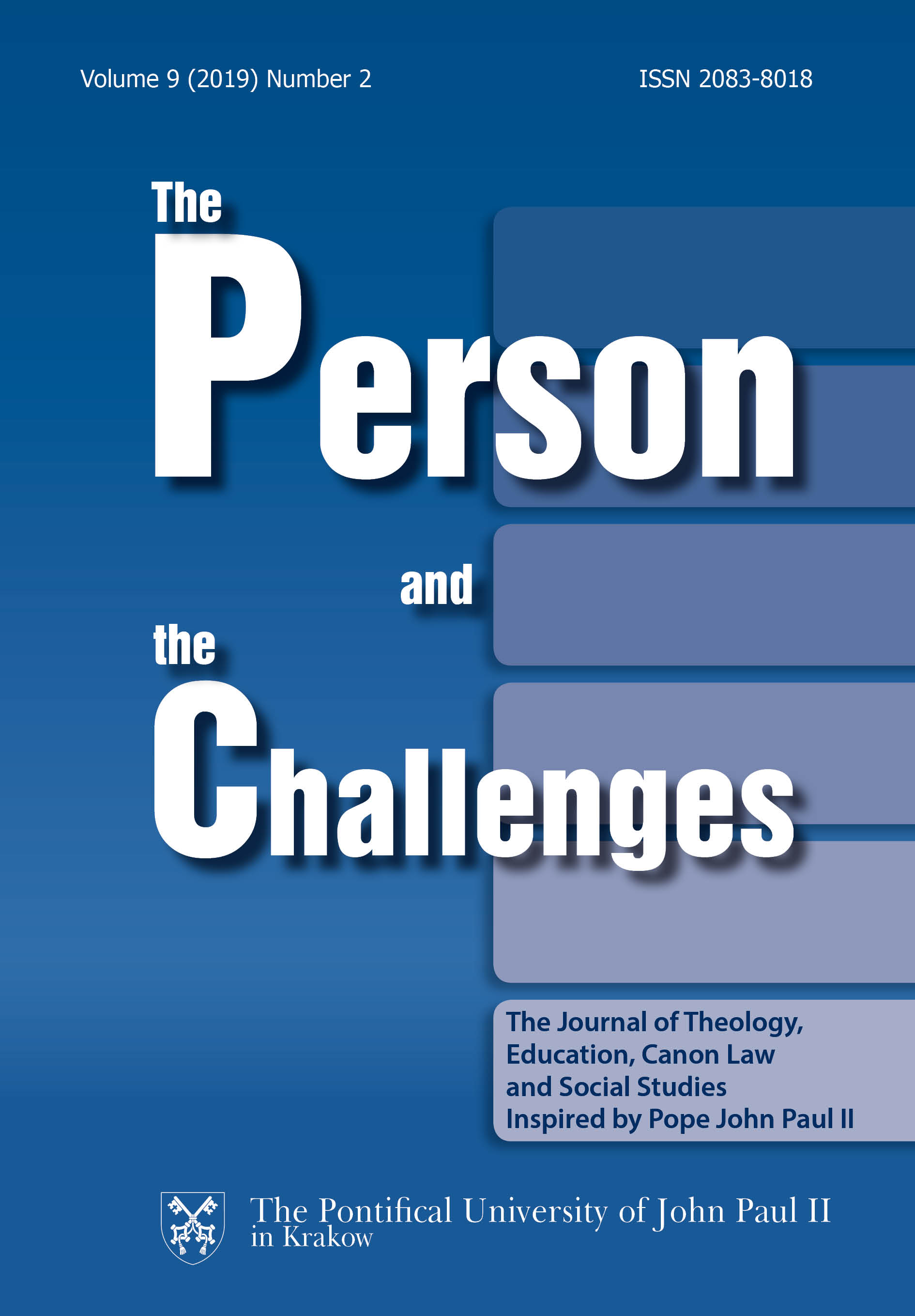The Impact of Early Aggression on Late Development
DOI:
https://doi.org/10.15633/pch.3457Keywords:
Affective dynamic, child and adolescent development, transmission of violence to adulthood, effects of violence in adulthoodAbstract
Children who are victims of an early violent atmosphere or early relational trauma will often, even in adulthood, tend to behave violently towards others, or become victims of violence, or freeze and later develop the tendency towards self-injury, in particular in later adolescence. In adulthood, they can be accident-prone, engage in constant violent physical abuse, threaten with or actually commit suicide. In this article we will focus on the impact of violence that children experience from the earliest age, on how it affects their development, and is transmitted to adulthood as well as to younger generations, since violence is imprinted in the deepest organic fibres of every individual.
References
Briere J. N., C. Scott, Principles of Trauma Therapy: A Guide to Symptoms, Evaluation, and Treatment (DSM-5 Update), Los Angeles, CA, 2015, Sage Publications.
Dutton D. G., The Abusive Personality: Violence and Control in Intimate Relationships, New York 2007, The Guilford Press.
Frewen P., R. Lanius, Healing the traumatized self: Consciousness, neuroscience, and treatment, New York 2015, W. W. Norton & Company, p. 193–197.
Policastro C., M. A. Finn, Coercive control and physical violence in older adults: Analysis using data from the National Elder Mistreatment Study, “Journal of interpersonal violence” 32.3 (2017), p. 311–330.
Rothschild B., The body remembers, Volume 2: Revolutionizing trauma treatment, New York 2017, W. W. Norton & Company.
Schmelzer G. L., Journey through trauma: A trail guide to the 5–phase cycle of healing repeated trauma, New York 2018, Avery Publishing Group.
Schore A., Affect regulation and the origin of the self: The neurobiology of emotional development, New York 2016, Taylor & Frances/Routledge.
Steele K., S. Boon, O. van der Hart, Treating Trauma-Related Dissociation: A Practical, Integrative Approach, New York 2016, W. W. Norton & Company.
Temple J. R. et al., Childhood Corporal Punishment and Future Perpetration of Physical Dating Violence, “The Journal of Pediatrics”, 194 (2018), p. 233–237.
Downloads
Published
Issue
Section
License
Copyright (c) 2019 Christian Gostečnik, Robert Cvetek, Tanja Pate, Saša Poljak Lukek, Barbara Simonič, Tanja Valenta, Tanja Repič Slavič

This work is licensed under a Creative Commons Attribution 4.0 International License.
Authors who publish with this journal agree to the following terms:
- Authors retain the copyright and full publishing rights without restrictions, and grant the journal right of first publication with the work simultaneously licensed under a Creative Commons Attribution 4.0 International License that allows others to share the work with an acknowledgement of the work's authorship and initial publication in this journal.
- Authors are able to enter into separate, additional contractual arrangements for the non-exclusive distribution of the journal's published version of the work (e.g., post it to an institutional repository or publish it in a book), with an acknowledgement of its initial publication in this journal.
- Authors are permitted and encouraged to post their work online (e.g., in institutional repositories or on their website) prior to and during the submission process, as it can lead to productive exchanges, as well as earlier and greater citation of published work (See The Effect of Open Access).

